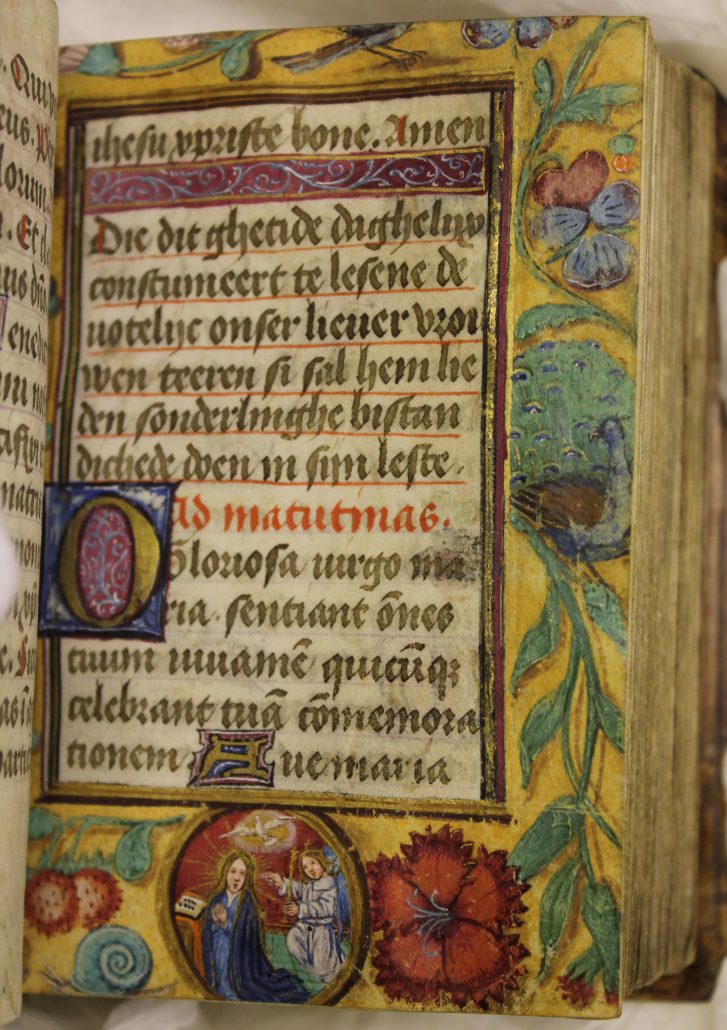Mark McKillion, Ulster University MA History graduate and volunteer for the Library in 2022, carried out research on the manuscript S. Gregorii Magni, Homeliae in Ezechielem … (1175-1200) (object ID P002472589).
You can adopt this manuscript for £1,000, and support the work of the Library, caring for our wonderful collections, and inspiring present and future generations!
The Book of Ezekiel is, according to George Ricker Berry, a collection of stories and anecdotes written both by Ezekiel himself as well as multiple editors shortly after his time, with Berry highlighting one of the most notable revisions to the text, which was made during the third century B.C. He explains that these editors were able to incorporate various key elements to the Book of Ezekiel during their revisions, which included further details on Ezekiel’s role as a Hebrew prophet and his subsequent exile in the city of Babylon.
Furthermore, Berry compares the editors to a figure he refers to as the ‘Chronicler,’ who shares a similar purpose in that he is willing to change historical fact in order to enhance the major narrative themes of stories within the Book of Ezekiel. The Chronicler’s intent would have been to celebrate the Kingdom of Judah by highlighting its history, as he writes an account of its people being brought into exile, where he states that “none remained, save the poorest sort of the people of the land.”[1]
The notion of using metaphors in the Book of Ezekiel is corroborated by Karin Schöpflin, who notes that the use of imagery was also incorporated to varying degrees by the other Writing Prophets, as he cites an extract from the Book of Jeremiah which extensively describes the concept of sin, stating that “though you wash yourself with lye and use much soap, the stain of your guilt is still before me.”
According to Schöpflin, another common metaphor that is used within the Book of Ezekiel when describing the prophecies against the lands of Judah and Jerusalem is fire or heat, as he explains that throughout the Old Testament, it represents the divine presence exuded by God: this can be seen in various examples such as Moses’ encounter with the burning bush and God’s appearance on Mt. Sinai. Similarly, the use of metaphors continues within the Book of Ezekiel, where God addresses Ezekiel by asking him about the qualities of the wood of the vine.
Schöpflin theorises that God’s role in the story is that of a ‘gardener,’ who seeks to take responsibility for the growth and development of the vine, and by extension, the people of Jerusalem, who must face the risk of decay if they provoke His wrath.[2]




